How Becoming a ‘Thinking School’ has Helped Our Children
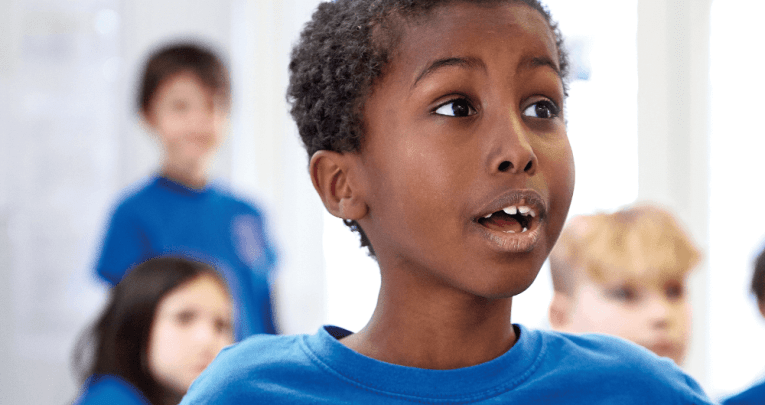
East Sheen Primary School in South West London never stops putting thought into the thinking approach to learning…

- by Teachwire
- Classroom expertise and free resources for teachers

There aren’t many things more fundamental to the overall mission of pedagogy than teaching pupils how to think.
Although it seems implicit in all types of education, how much time is typically set aside specifically to develop children’s thinking skills?
And it’s also worth making the distinction between ‘implicit’ and ‘embedded’.
Thinking, however, is top of the agenda at East Sheen Primary School in the borough of Richmond, South West London.
In fact, it holds official status as a ‘thinking school’, having gained accreditation in 2017. This was the culmination of a journey over several years, which began with the quest, led by headteacher Elizabeth Page, for the most appropriate focus for the school’s future direction.
Elizabeth explains: “We were considering what we were going to do, whether we’d be a sports school, or maybe a music school, because we value all the creative arts. One of our teachers, Carla Hunter, had attended a course on philosophy for children and somebody from a thinking school had spoken there. She was impressed and so she made the suggestion of becoming a thinking school.”
The recommendation certainly struck a chord with the leadership and staff at East Sheen.
“Everybody was immediately interested and wanted to find out more,” says Elizabeth.
The thinking principles especially chimed with the ambition of finding a focus that would work for the whole school. “For us, it was about inclusion, because everybody can think, whereas there will always be sports stars, and there will always be children with an innate talent for music.”
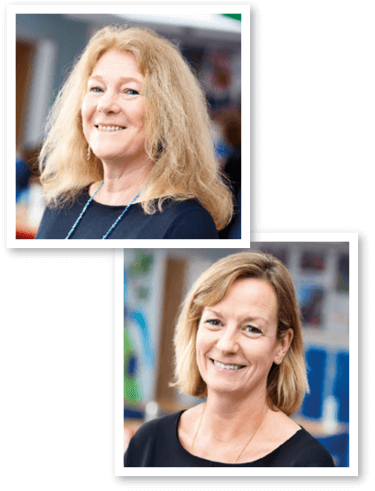 Name: East Sheen Primary School
Headteacher: Elizabeth Page
Deputy head: Debbie Canner
Location: Richmond, London
Ofsted rating: Outstanding
Size: 600 pupils
Extra info: East Sheen is an accredited ‘thinking school’
Name: East Sheen Primary School
Headteacher: Elizabeth Page
Deputy head: Debbie Canner
Location: Richmond, London
Ofsted rating: Outstanding
Size: 600 pupils
Extra info: East Sheen is an accredited ‘thinking school’
1 | Tools for the task
So what does being a thinking school actually entail? “It’s a whole-school approach to how we deliver teaching and learning,” Elizabeth explains. The teaching methods of thinking schools involve a range of tools. East Sheen uses three: thinking maps, thinking hats, and habits of mind.
The maps are used to help children to organise how they’re thinking and come in various forms – in fact, there are eight in total.
“For example, we start with a circle map,” says Elizabeth. “It’s literally just a circle and all the children’s ideas, everything they can think of that’s connected to the topic, gets put into it. Then they have to think about how they know that information.”
The thinking hats follow the well-known method devised by Edward de Bono, whereby six different-coloured hats each represent a specific thinking role (white for facts, yellow for optimism, black for judgement, red for feelings, green for creativity and blue to manage the thinking process).
“The children take turns wearing each hat and representing the discussion from a different point of view,” says Elizabeth. She believes the method’s depersonalising effect helps children express themselves.
She explains: “A child can put on, say, the black hat and give an opposite view to somebody and it doesn’t make them feel as though they’re having an argument. It makes them realise they have to think about the other side.”
East Sheen’s deputy head, Debbie Canner, agrees. “The children don’t have to be entrenched in one side or one point of view, because we’re all going to think about the negatives or the positives and we’re all going to think about, say, the ideas outside of the box with the green hat,” she says, adding, “They should use it in parliament!”
Habits of mind is a tool that’s “really about attitudes and disposition towards learning, but also about analysing your own thinking”, says Elizabeth.
There are 16 different habits of mind, such as ‘keep going’, ‘be persistent’, ‘thinking flexibly’ and ‘striving for accuracy’.
“My favourite is ‘awe and wonder’,” says the head, “because if the children are not really loving coming to school and finding learning exciting and feeling valued, then school is, well, just school, and we want it to be more than that. We try really hard to give them those experiences that make them think, ‘Wow, that’s incredible.’”
Elizabeth explains that the three tools are introduced in reception and run through to Y6, creating a “common language” for the whole school.
“It also provides a structure so you’re not wasting time,” she says. “Not every single lesson has a hat or a map and it’s not prescriptive, but it’s a way of thinking and when people are planning their lessons, they have a context and the methods available to help.”
2 | Positive results
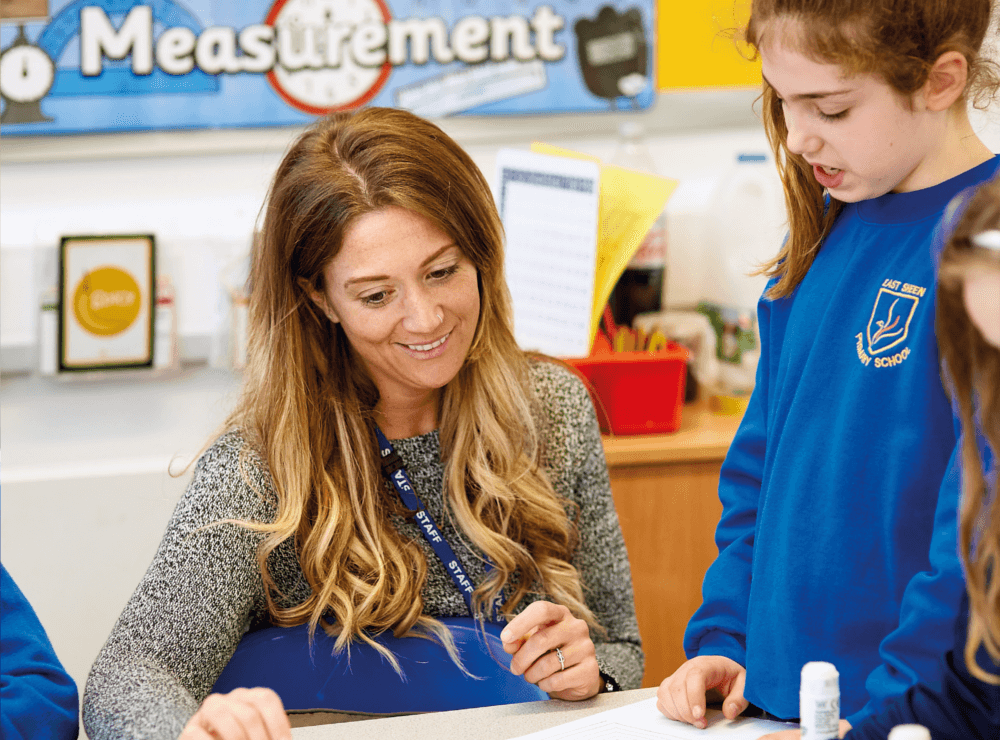
East Sheen took its time in developing and introducing the tools. “We started in September 2014 with the maps,” explains Debbie. “In 2015 we introduced the De Bono hats, then the following year we brought in the habits of mind.”
“We wanted to make sure they were properly embedded and everybody understood them,” says Elizabeth. However, the impact was virtually immediate, and the tools succeeded in establishing progress in areas that required focus.
“For example,” says Elizabeth, “we were focusing on boys’ writing, trying to make it active and immersive, and the results were good, but we introduced the maps and suddenly the writing went through the roof! The impact was so quick. We had our first review three or four weeks later and people were saying how they just couldn’t believe the effect on the writing.”
The positive and speedy impact was invaluable in achieving buy-in from members of staff, says Elizabeth. “It really sealed the deal. It was unanimous. They loved the new methods. The effect was powerful and it made it much easier to introduce the next stages.”
The children also embraced the tools wholeheartedly and now they are so embedded within the school that there is a spontaneity in the way they are used. “In fact, that was one of the things we had to demonstrate to get accreditation,” explains Elizabeth.
“Children are going home and using the methods themselves in their homework without being prompted. It’s something they really relate to and enjoy.”
3 | Battle of the bulges
The process of becoming a thinking school isn’t the only major development at East Sheen over recent years; the school has also undergone a significant expansion.
Elizabeth explains: “We’ve gone from two form to three form and we’re getting towards the end of that journey. At the moment we’ve got the capacity for 600 pupils and the year after next we will be at 630.”
The head admits it’s been “quite an interesting challenge” in terms of managing the expansion and retaining “that sense of primary school”.
Debbie says: “Because we’d taken on ‘bulge’ years to expand from two form to three form, it meant we were never standing still. We had two bulges and they moved through the school – one year, Y4 was two-form entry and the next it was three-form entry – so it was quite a logistical challenge to push the expansion through.”
Extra buildings have been added to the school, as well as existing structures being developed, but the school has kept running throughout. This has been no mean feat, as Debbie explains.
“For a time we were quite frequently moving classrooms around, so the poor teachers would get their classrooms set up and a few months later we’d have to say, ‘Sorry, we’ve got to move you here!’ So there was a lot of packing! But we tried to make sure we made it as pain-free as possible. And the staff were amazing.”
“We managed it by organising the time effectively and making sure everybody was helping everyone else,” explains Elizabeth. So there might have been only two classrooms moving at one time but everybody went to help those people pack up.”
Although the end is in sight, the challenge isn’t over. Debbie says: “We’ve got another year before we’re completely stable, so this year we’ve got three forms in Y6 and next year there will be two, because we’ve got two forms in Y5 this year. So there’s still a bit of jiggling around to do with staffing.”
4 | Community spirit
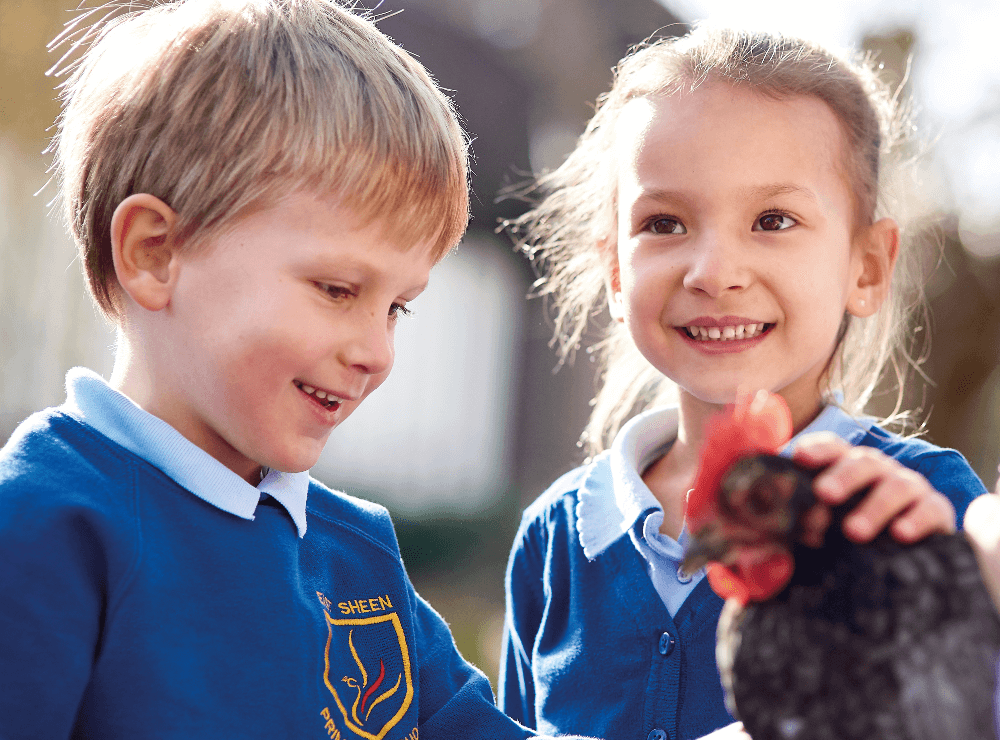
The close-knit community of East Sheen has come into its own during the logistical challenges, says Elizabeth. “We had lots of lovely messages from parents asking if they could do anything to help out.
It felt like the community was pulling together because they understood we were trying to keep the school running as normal for the children, and we managed to do that. I think people realised it was worth the pain because it was all about creating a fantastic learning environment for the children.”
Elizabeth believes the East Sheen’s unique and diverse make-up helps to foster the spirit of closeness.
“It’s a fascinating school,” she says.
“We’re a Richmond borough school. Richmond is traditionally a very wealthy community but we’re right on the Wandsworth border and we have a large council estate, so quite a lot of our children come from Wandsworth and mix with the children from Richmond, and it’s very diverse socio-economically.”
She adds: “The community feel is a massive thing for us. We welcome parents into the school. We want them to come in and read with children, or help with art or cooking, or talk about their jobs. We want parents to really feel part of the school.”
A low turnover of staff also adds to the family feel of East Sheen. Elizabeth is in her fourth year of headship, having spent four years previous to that as deputy, but has been at the school some 19 years.
Similarly, Debbie, who became deputy at the same that Elizabeth took the reins as head, started at East Sheen 12 years ago as an NQT.
“We have a history of longevity in this school,” explains Elizabeth, “and we also believe in taking on NQTs. We love giving new teachers an opportunity and developing them, and they tend to want to stay, which is a positive reflection on the school. We have quite a high maternity rate, but they come back! People fall in love with the school and it has really deep roots.”
The leadership at East Sheen also puts a high value on teamwork. “We make sure our staff get time together so that they can bounce ideas off each other,” explains Elizabeth. “They’re really creative and excited about what they do. They have a lot of freedom but there’s an expectation that they work hard.”
This mutual trust pays dividends for pupils, says the head.
“The children are so interested in what they’re doing, because of the way the lessons are delivered, and we’re quite free with that. Yes, they have to deliver the national curriculum, and, yes, there are things they have to tick off in terms of what the children have learned, but how they organise those lessons is completely up to the teachers.
“We don’t have strict rules about how people plan as long as the curriculum is being delivered and the children are loving what they’re doing and making progress. We know the teachers care and are making it a really exciting and engaging learning experience for the children.”
The caring aspect of the school also manifests itself in a unit for children with social, emotional and mental health issues. “That, again, gives the school a special character,” says Elizabeth.
“We have a reputation for being very inclusive. We have a range of very gifted and able children and we believe we can make a real difference for everybody.”
The ambition now is to “keep moving forward”, insists the head. “You can’t sit back. You’re on a never-ending journey because you’re striving to make things even better.”
Pupil voice
Henry
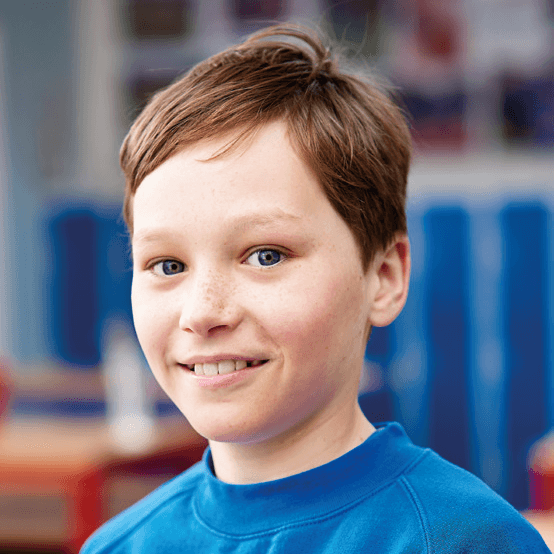 I like writing stories in English because it allows you to be creative and you can really think for yourself. I like using my imagination. I like reading too. My favourite books are Dr Jekyll and Mr Hyde and Treasure Island.
I like writing stories in English because it allows you to be creative and you can really think for yourself. I like using my imagination. I like reading too. My favourite books are Dr Jekyll and Mr Hyde and Treasure Island.
Josh
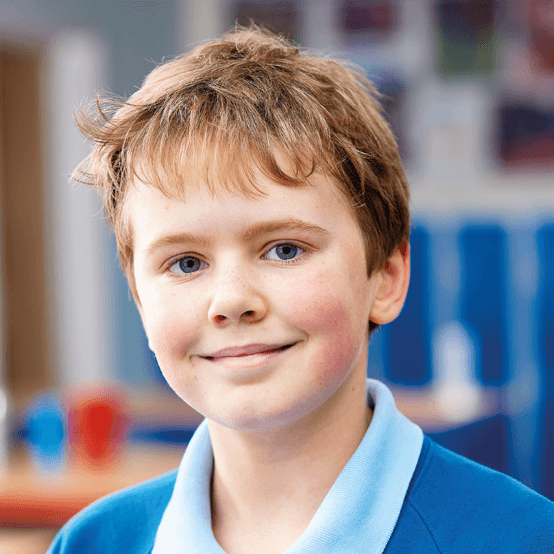 The thinking tools really help with learning. I use the way we’re taught to think outside of school, too. For instance, I play tennis and I use it to motivate myself. My favourite lesson is maths because I like numbers.
The thinking tools really help with learning. I use the way we’re taught to think outside of school, too. For instance, I play tennis and I use it to motivate myself. My favourite lesson is maths because I like numbers.
Naila
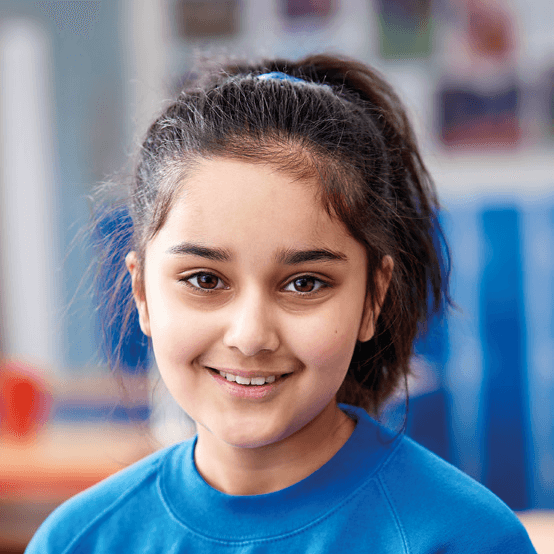 I’m a house captain so I have to count the house points and make sure everyone puts them up. There are four houses, which are Jupiter, Mars, Saturn and Neptune. We compete against each other on sports day. I’m captain of Jupiter.
I’m a house captain so I have to count the house points and make sure everyone puts them up. There are four houses, which are Jupiter, Mars, Saturn and Neptune. We compete against each other on sports day. I’m captain of Jupiter.
Oriel
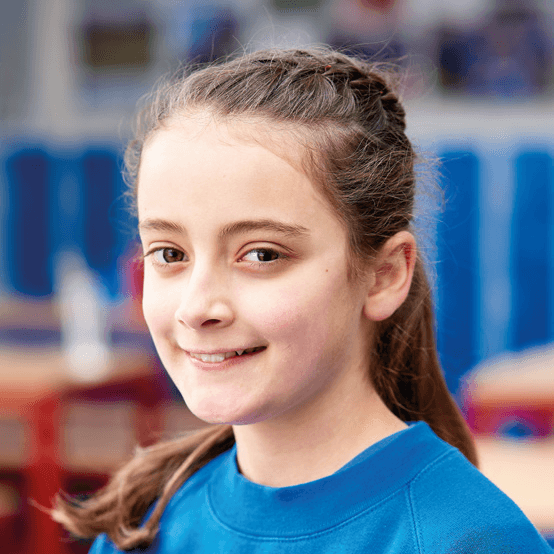 The school is such a community and I think the thinking hats help with that. Everyone is so kind to each other and thinks about how other people are thinking and feeling. It’s like we’re one instead of separate individuals.
The school is such a community and I think the thinking hats help with that. Everyone is so kind to each other and thinks about how other people are thinking and feeling. It’s like we’re one instead of separate individuals.
Meet the staff
Joe Easeman, humanities coordinator
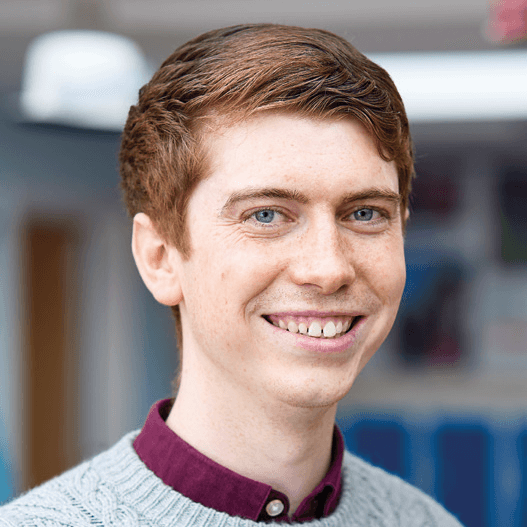 It’s an amazingly creative school. The children love all of their learning and they’re such a lovely, kind and caring group. The headship team here is also fantastic. They’re really supportive in allowing you to run with your ideas if you want to change things. We restructured the humanities curriculum last year and the children really got on board with it.
It’s an amazingly creative school. The children love all of their learning and they’re such a lovely, kind and caring group. The headship team here is also fantastic. They’re really supportive in allowing you to run with your ideas if you want to change things. We restructured the humanities curriculum last year and the children really got on board with it.
Carla Hunter, KS2 leader, thinking school coordinator
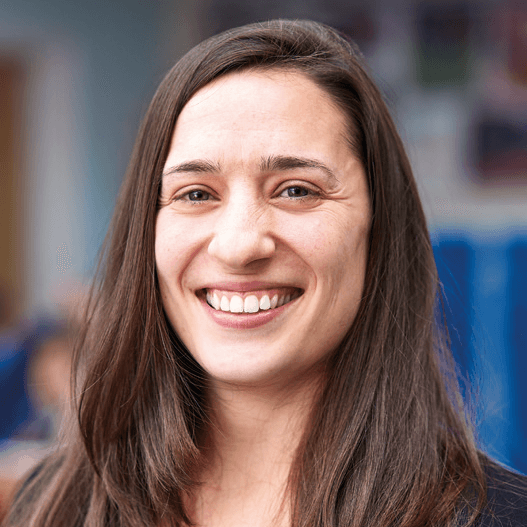 I can’t imagine teaching without using a thinking map or a thinking hat or making some sort of reference to any of the tools. It’s transformational and the children instantly know what we’re talking about, from Y1 to Y6. I’m really proud to have made the original suggestion of becoming a thinking school. It’s something I’m passionate about.
I can’t imagine teaching without using a thinking map or a thinking hat or making some sort of reference to any of the tools. It’s transformational and the children instantly know what we’re talking about, from Y1 to Y6. I’m really proud to have made the original suggestion of becoming a thinking school. It’s something I’m passionate about.
Victoria Strang, gifted & talented coordinator
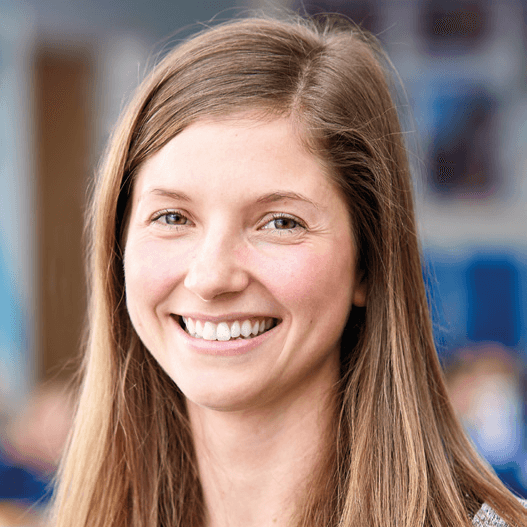 What stands out to me at the school is the amount of opportunities the children have here. It’s not just the curriculum. It’s everything else that happens. Children have jam-packed days and there’s always something to look forward to and that they’re interested in. It’s a lot of fun, both for the children and the staff. We laugh a lot.
What stands out to me at the school is the amount of opportunities the children have here. It’s not just the curriculum. It’s everything else that happens. Children have jam-packed days and there’s always something to look forward to and that they’re interested in. It’s a lot of fun, both for the children and the staff. We laugh a lot.
Lottie Swift, KS1 leader & PE coordinator
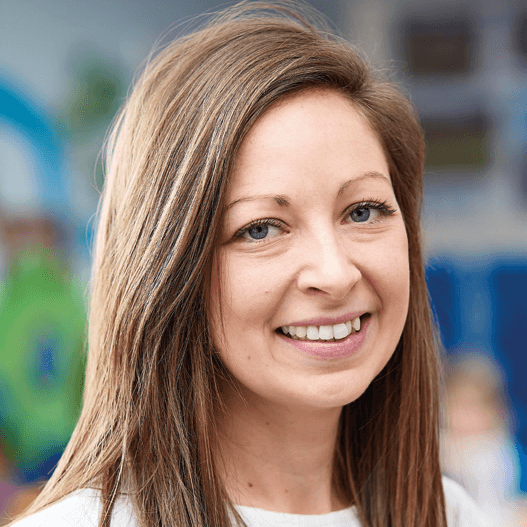 I came in at the early stages in the journey of becoming a thinking school and I’ve integrated it into my Y1 teaching. It keeps everything nice and practical and helps children plan their ideas and aids their writing. Also, socially it’s really helpful. The thinking hats allow them to see things from someone else’s perspective and talk about their feelings.
I came in at the early stages in the journey of becoming a thinking school and I’ve integrated it into my Y1 teaching. It keeps everything nice and practical and helps children plan their ideas and aids their writing. Also, socially it’s really helpful. The thinking hats allow them to see things from someone else’s perspective and talk about their feelings.
5 ideas to magpie from East Sheen Primary
- Introduce ‘fab Fridays’, with special activities throughout the day, such as chess and dance. This can help with organising PPA cover for staff, gives the children a chance to try new things and can also cover the national curriculum for subjects such as music, PE and MFL.










